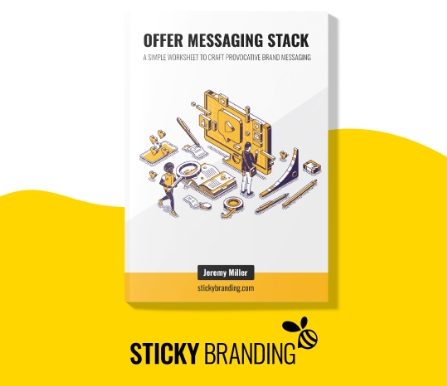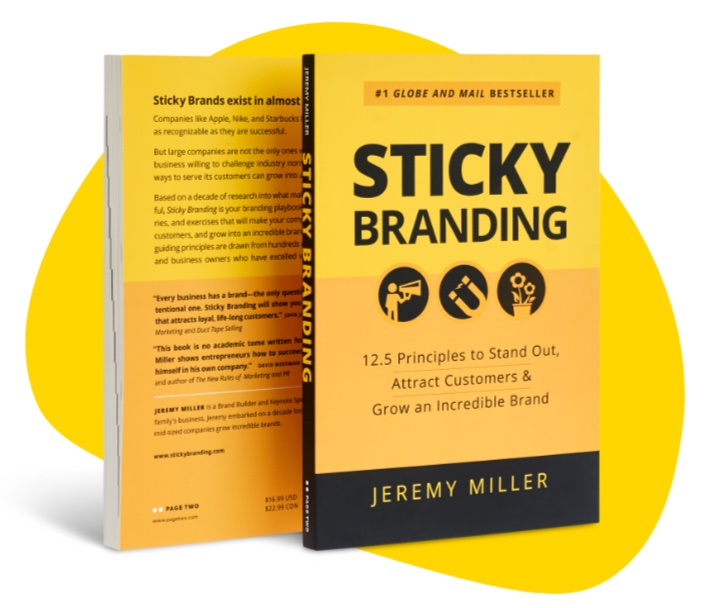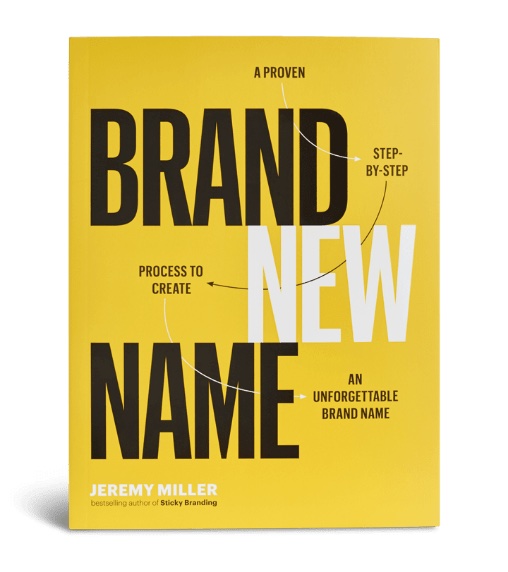Simple Clarity is the foundation of your brand. It’s the ability to simply and succinctly describe your business, what makes it unique and who it serves.
Simple Clarity is your core messaging. It’s often described as your elevator pitch or unique selling proposition. Regardless what you call it, it’s got to be clear to be effective.
Just the facts
One of the red flags that your core messaging could be off is the use of commas, adjectives or jargon.
”We are the oldest, largest, industry leading, solutions provider …”
The list of adjectives dilutes an effective pitch. Get to the facts. No fluff. No pomp. No buzzwords.
Just answer 3 simple statements:
- Who your company is
- What it does
- Who it serves
That’s it. That’s the essence of Simple Clarity. The challenge is to distill it down to a short phrase that’s ideally 10 words or less.
3 Types of Simple Clarity
Simple Clarity can be applied in three ways:
1. Category: Describe the business’s niche or category
Category is the most common approach. For example, Deighton Associates is a software provider that develops ”infrastructure asset management software.” They’ve carved out a niche where they are the go-to software provider for Departments of Transportation around the world.
”Infrastructure asset management software” is their category, and clearly expresses what they do for their target market.
2. Functional: Describe what the business does
In large or highly competitive industries a Category description may not be effective. Cardinal Courier’s Simple Clarity is a Functional description, ”pre-8am delivery.” This is what they do. They offer overnight shipping, and deliver the packages before 8am. Their category is ”courier,” but their Simple Clarity is driven from their functional capabilities.
3. Qualitative: Describe who the business works with
Companies can also create Simple Clarity by being really clear about who they work with. Qualitative descriptions go a step beyond the Category description or Functional description, and provide a set of guidelines of who the company will work with and when.
For example, Quarry Integrated Marketing doesn’t fit neatly into a Category or Functional description. They are an advertising and integrated communications agency, and work with companies that market technical products.
The challenge for their Simple Clarity is a simple five to ten word statement does not encapsulate their focus. Instead they use a checklist to describe their positioning:
- They’re an advertising and communications agency
- They work with technical or engineered products
- They focus on companies experiencing a marketplace disruption
- They target clients that will invest greater than $100,000 in billings per year
Quarry’s positioning functions as a checklist. If a prospect fits all four criteria they’ll move forward in the sales process.
Easier said than done
Achieving Simple Clarity for your brand is easier said than done.
It’s surprising how many companies struggle to explain their business clearly. Have you ever visited business websites, and left confused. You read their brochures, watch their videos, review their case studies, and after all that you’re still not sure what they do.
You would think telling people about your business is easy, but it’s not. Spend the time to find the message that fits your business.
Identify which type of Simple Clarity is best for your brand: Category, Functional or Qualitative. And then craft words that stick.
When you achieve Simple Clarity your company will be more findable, referable, memorable and desirable.





